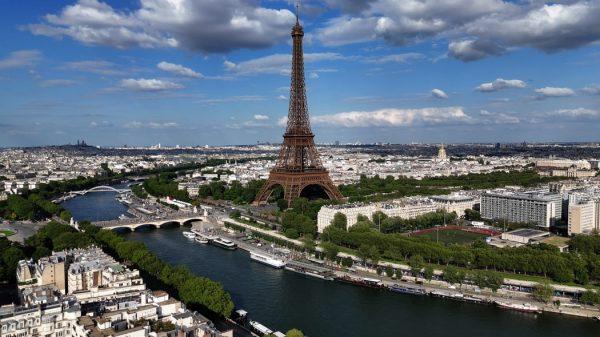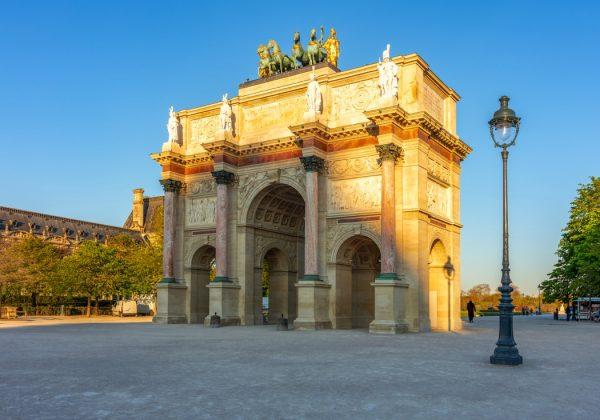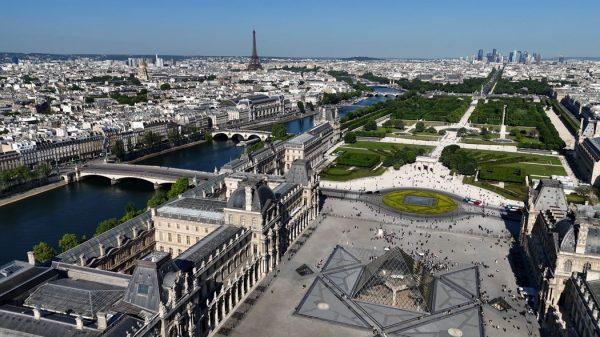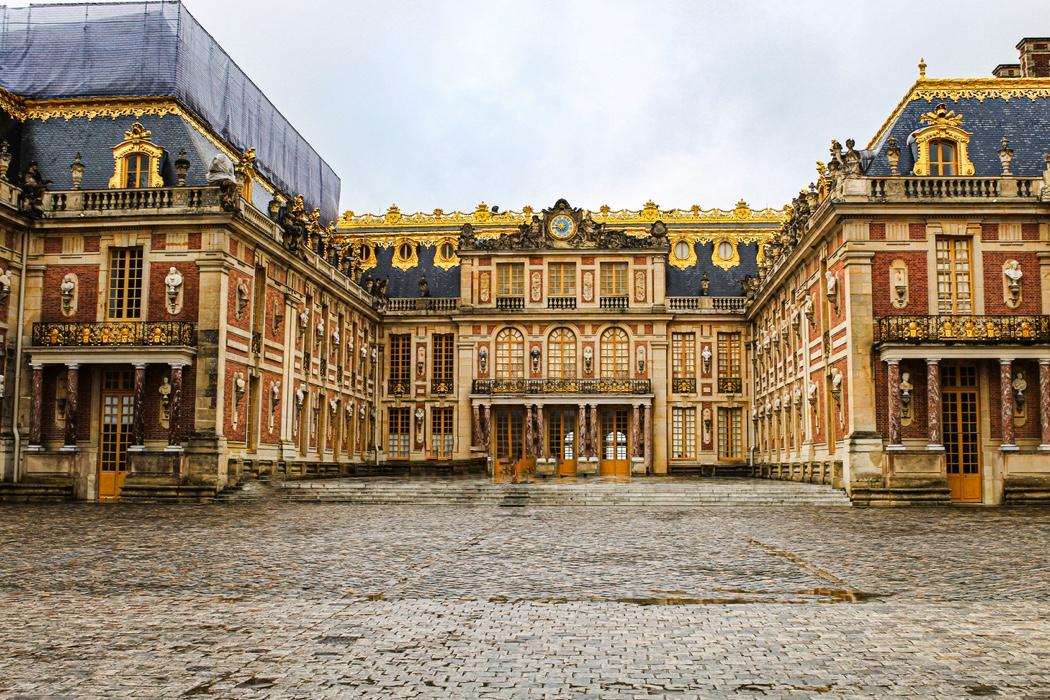For travelers dreaming of seeing the Mona Lisa or strolling the Hall of Mirrors at Versailles, a visit to France’s most iconic landmarks will soon come with a higher price tag—especially if you’re not from the European Union.

In a move sparking both economic support and cultural debate, France is introducing a passport-based pricing system that will nearly double admission fees for non-EU tourists at some of its top national sites. The new rates are expected to take effect on January 1, 2026, with further expansions to follow by 2027.
If you’re planning a visit soon, as many families and travelers are, this pricing shift is worth factoring into your budget.
What’s Changing?
Under the new pricing model, popular attractions like the Louvre Museum, Palace of Versailles, Château de Chambord, and the Arc de Triomphe will begin charging different admission rates based on a visitor’s passport.

For example, the Louvre’s current adult admission of €22 will increase to €30 for non-EU passport holders. Other sites are expected to adopt similar pricing, with tickets rising to around €30 as well—nearly a 40% jump in some cases.

European Union citizens will continue to benefit from existing rates, and in many cases, free admission still applies for EU residents under the age of 26.
| Attraction | Current Price | Non-EU Price (2026) |
|---|---|---|
| Louvre Museum | €22 | €30 |
| Palace of Versailles | €21 (château only) + €15 (gardens) | ~€30+ likely |
| Château de Chambord | €19 | ~€30 |
| Arc de Triomphe | €16 | ~€30 |
These rates apply to adult general admission tickets and are subject to change as more details emerge closer to 2026.
Why the Change?
The new pricing structure is being introduced as a way to address major budget shortfalls in France’s cultural sector. With rising costs to maintain centuries-old heritage sites—and a €150 million reduction in government cultural subsidies this year alone—authorities say they need a more sustainable funding strategy.
Non-EU tourists make up a significant portion of visitors, particularly in Paris and the Loire Valley. Charging these travelers more is seen by some officials as a way to align with global trends and relieve pressure on public funding without reducing access for domestic or EU visitors.
Not surprisingly, the plan has sparked controversy.
Critics argue that charging based on nationality borders on discrimination, and say that culture should remain globally accessible—regardless of which passport you carry.
On the other side of the argument, supporters point out that differential pricing isn’t new. Museums and parks across the United States, UK, and Asia often offer local discounts or charge higher fees for foreign visitors.
“International travelers generally see these landmarks as once-in-a-lifetime experiences and are willing to pay for them,” said one supporter quoted in Le Monde. “It’s a way to protect the long-term future of these sites.”
Still, some tourism experts warn that the changes could deter visitors, especially families on a budget or those visiting multiple attractions.
What Does This Mean for Travelers?
If you’re planning a trip to France in late 2025 or beyond, expect higher admission fees for major monuments and budget around €8–€10 more per ticket at most national sites.
That can add up quickly if you’re visiting as a family or checking off multiple sites on your itinerary.
However, some discounts and free access policies will still apply:
- Visitors under 26 from the EU are typically granted free access to many museums and monuments.
- Teachers, students, and those with disabilities often qualify for reduced pricing.
- Some sites offer multi-site passes or combo tickets, which may still be a good value.
The passport-based pricing will likely roll out in phases, beginning with high-profile attractions and expanding to most national museums and historical sites by 2027.
The good news? For now, prices remain unchanged—so if you’re planning to travel before the end of 2025, you may be able to visit under the current rates.
But after that, visitors from countries like the U.S., Canada, Australia, and many others will want to budget accordingly.
France’s move to implement nationality-based pricing for cultural attractions is as much about preserving history as it is about modern economics. While the decision may feel exclusionary to some, it also reflects the rising cost of maintaining global landmarks visited by millions each year.
For travelers, the key takeaway is simple: Know before you go. And if your bucket list includes the Louvre, Versailles, or Chambord, it might be worth moving those travel plans up a few months—before the new rates take effect.


























